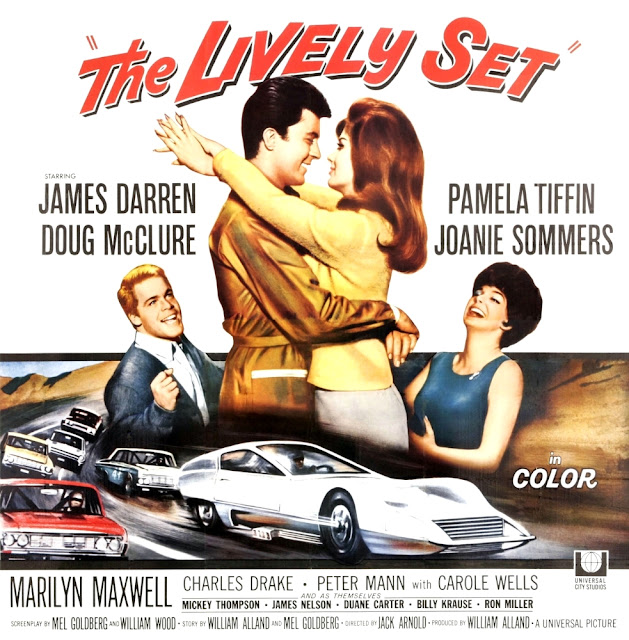Reynaldo Rey (born Harry Reynolds; January 27, 1940 – May 28, 2015) was an American actor, comedian, and television personality.
Career
Rey moved to Cleveland, Ohio, where he taught for seven years and became a member of the Karamu House Theatre, world-renowned for its development of top-notch actors, directors and producers. There, he launched his career in comedy, going on the road with the O'Jays. He then moved to New York City, where he was invited to join the Harlem Theater Group. While a member of the group, he appeared in his first movie. From there he performed in Europe, Asia and Africa for two years.
Rey has appeared in 52 movies, including Friday, House Party 3, White Men Can't Jump, A Rage in Harlem, and Harlem Nights, where he appeared with the likes of Redd Foxx (his mentor, for whom he often opened shows), Della Reese, Richard Pryor, Arsenio Hall, and Eddie Murphy.
He also has 32 television shows to his credit, including BET's Comic View, 1998–1999, 2000–2001, on which he was a co-host, The Tonight Show, Robert Townsend's Parents in Crime, and The Parent Hood, and 227 as Ray the Mailman. He also appeared on the show called Noah's Arc (TV series).
Rey also recorded three comedy albums and three videos. He produced his own video, which features a rap he wrote called "I’m Scared A U" after overwhelming audience reaction to it on Russell Simmons' Def Comedy Jam. Rey also appeared as a contestant once on the popular game show Match Game.
Death
Rey died on May 28, 2015 due to complications from a stroke he suffered a year prior.[1]
He is interred in the Forest Lawn Memorial Park Hollywood Hills.
Filmography
Pawn Shop (2012)
Internet Dating (2008/I)
First Sunday (2008)
American Dream (2008/I)
Divine Intervention (2007/I)
Who Made the Potato Salad? (2006)
Issues (2005)
Treasure n tha Hood (2005)
My Big Phat Hip Hop Family (2005)
Survival of the Illest (2004)
Super Spy (2004)
The Sunday Morning Stripper (2003)
For da Love of Money (2002)
Little Richard (2000)
The Cheapest Movie Ever Made (2000)
Jackie's Back (1999)
The Breaks (1999)
Sprung (1997)
Fakin' da Funk (1997)
Friday (1995)
House Party 3 (1994)
Bébé's Kids (1992)
White Men Can't Jump (1992)
A Rage in Harlem (1991)
Far Out Man (1990)
Harlem Nights (1989)
Young Doctors in Love (1982)
References
http://www.cnn.com/2015/05/28/entertainment/reynaldo-rey-dies/

























































